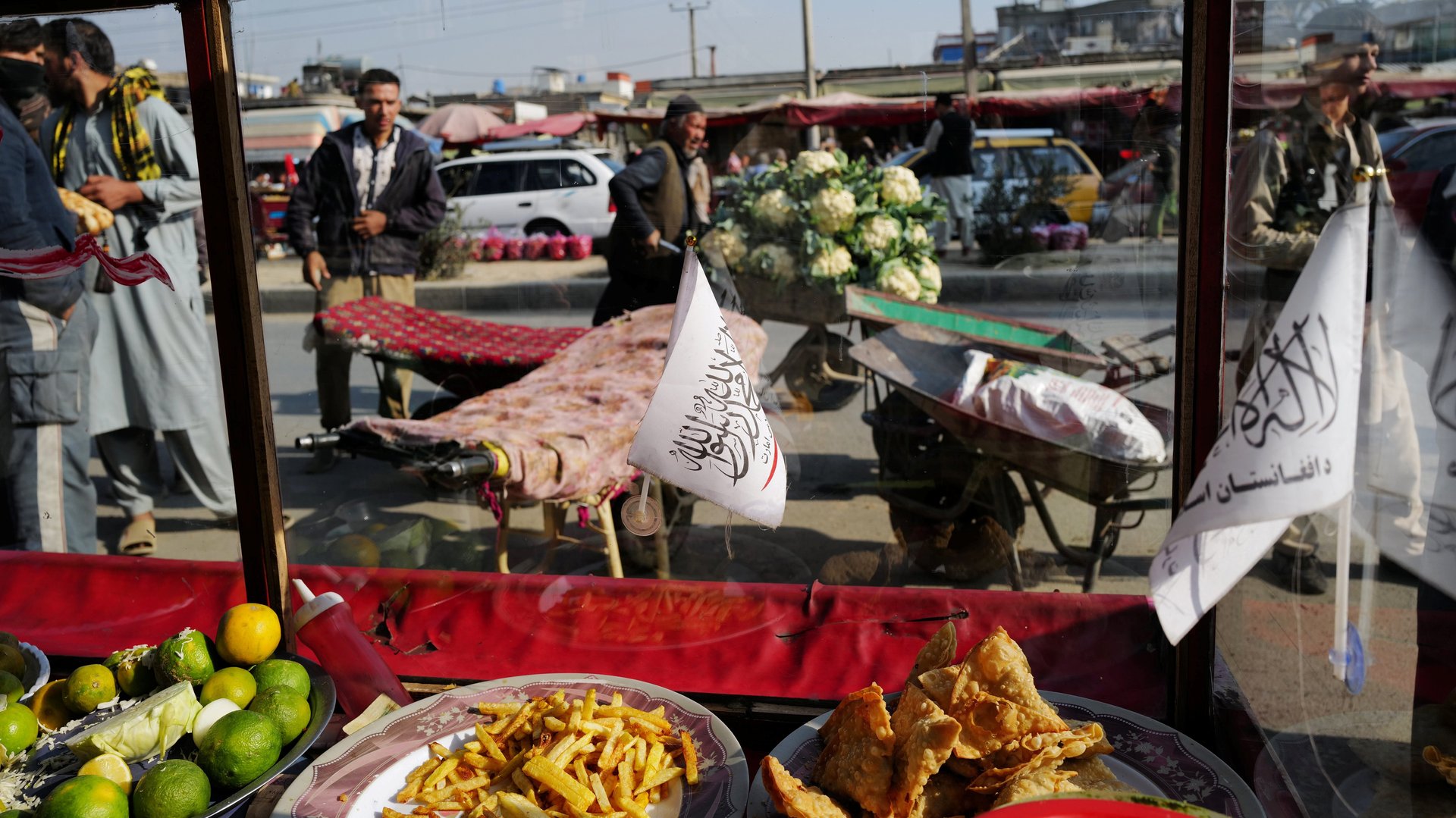Why $1 billion pledged in international aid isn’t saving Afghans from starvation
When Afghanistan fell to the Taliban in August, the country lost access to much of the international aid that has for years propped up the country’s economy, providing funding for services like education, food, and healthcare. Fearful of funneling money to the Taliban-controlled government, many Western countries suspended their aid, as did the World Bank and International Monetary Fund.


When Afghanistan fell to the Taliban in August, the country lost access to much of the international aid that has for years propped up the country’s economy, providing funding for services like education, food, and healthcare. Fearful of funneling money to the Taliban-controlled government, many Western countries suspended their aid, as did the World Bank and International Monetary Fund.
The country is now facing a crippling economic crisis, and more than half the population is expected to face acute levels of hunger starting in November, according to a United Nations report released Monday (Oct. 25). This projection, representing nearly 23 million Afghans, is the highest ever recorded for the country.
While the international community pledged $1 billion in support to Afghanistan in response to a UN appeal in September, both the Food and Agriculture Organization (FAO) and the World Food Programme (WFP)—branches of the UN focusing on food assistance—said they are facing huge funding shortfalls as winter approaches. The WFP said it may require $220 million a month to address the food insecurity crisis, while the FAO is seeking $11.4 million in urgent aid for its humanitarian response.
“Hunger is rising and children are dying. We can’t feed people on promises—funding commitments must turn into hard cash, and the international community must come together to address this crisis, which is fast spinning out of control,” David Beasley, WFP’s executive director, said in a statement. “We are on a countdown to catastrophe and if we don’t act now, we will have a total disaster on our hands,” he added.
Economic, climate factors driving food insecurity
In September and October, nearly 19 million people in Afghanistan experienced food insecurity at either a crisis or emergency level, representing 47% of the country’s population, according to the UN report. That means they are not consuming enough food, and in the most extreme cases are facing hunger-related death. At these levels, the UN recommends urgent humanitarian assistance.
The BBC reported today a starving family outside the city of Herat had decided to sell their baby daughter, highlighting just how desperate the situation has become in some areas. The UN report found that 3.2 million children are expected to suffer from acute malnutrition by the end of the year.
The UN report identified three factors driving the current food crisis:
- A severe drought: It affected 25 of the country’s 34 provinces, resulting in reduced snowfall and water for cultivation. This drought, the second in four years, ruined about 40% of the country’s wheat crop, and there are concerns that a La Niña weather pattern this winter will shrink precipitation levels for the second consecutive year.
- Conflict: More than 664,000 people left their homes between January and September due to armed conflict, in addition to 3.5 million Afghans who are already internally displaced. When Afghans no longer have access to their land and livelihoods, they have a harder time securing nutrition, as well.
- Economy: The US froze nearly $9.5 billion of the country’s central bank assets following the Taliban’s takeover. As a result, the country’s banks are running out of cash, its currency lost 12.5% of its value, and food prices are higher.
Current pledges fall short of what is needed
The UN report said that while essential providers of humanitarian assistance, like WFP, remain operational in Afghanistan, there are plans to scale up food assistance efforts for some 9 million people starting in December. At the time of the analysis, funding was only confirmed for 40% of the planned assistance.
Countries have so fall fallen short of what is needed to address Afghanistan’s worsening economic and humanitarian crises. While the European Union pledged a $1.15 billion aid package during a virtual G-20 summit on Oct. 12, the US has so far pledged just $64 million. UN secretary-general António Guterres has warned the country faces a “make-or-break moment,” and may face a “heavy price” if other countries do not act to provide assistance.